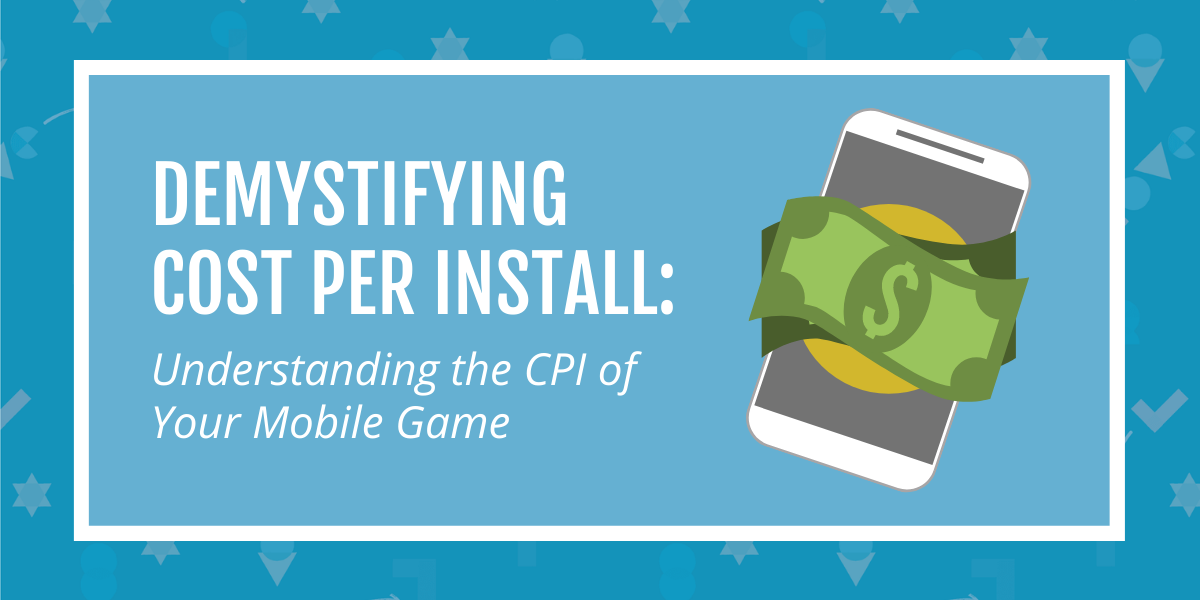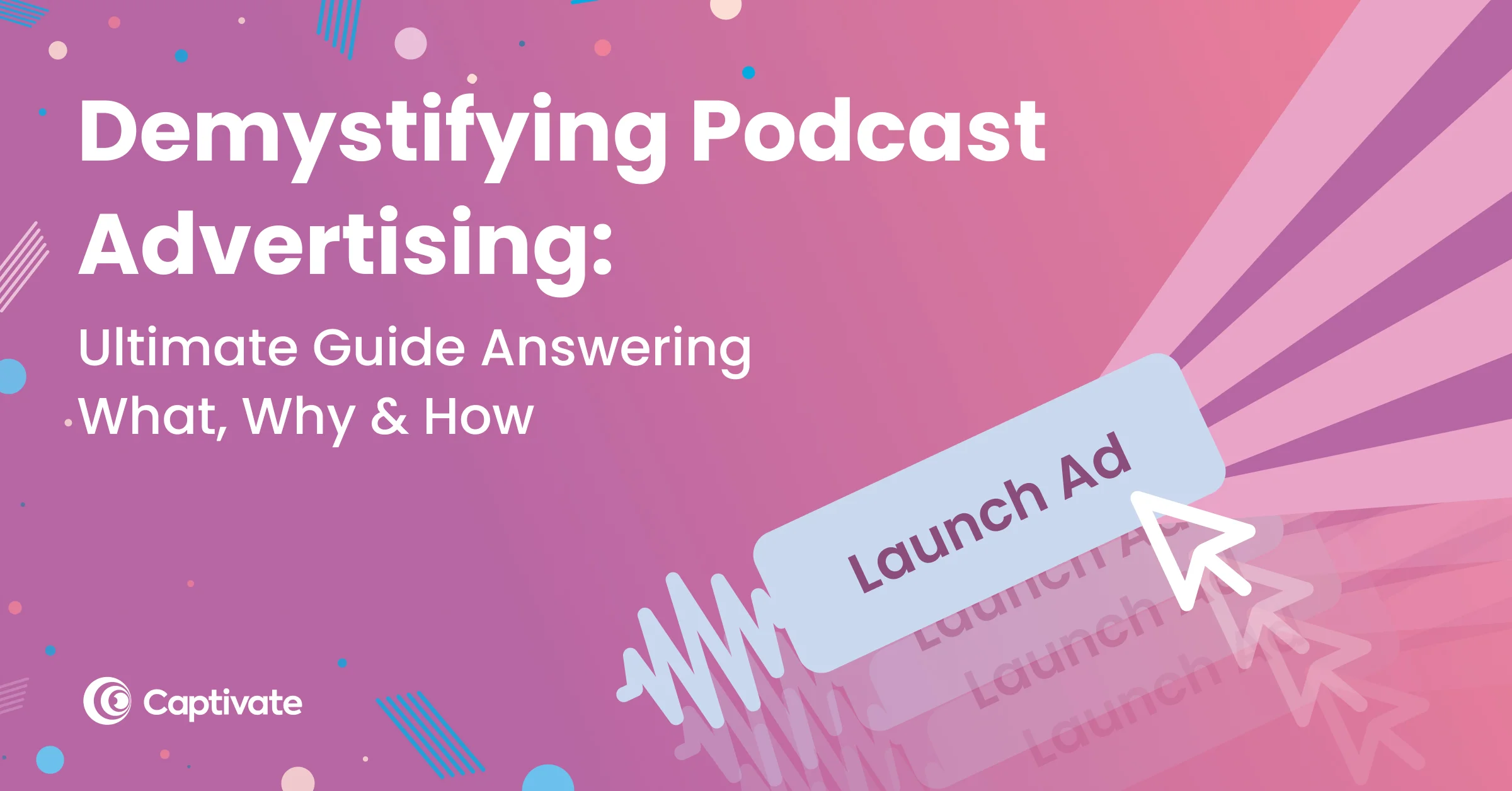What Does CPM Stand for in Advertising: Demystifying Costs
CPM stands for Cost Per Mille in advertising, which means cost per thousand impressions. It is a standard measurement used to price advertising banners.
Understanding the efficiency of online advertising campaigns is essential for marketers. Cost Per Mille, or CPM, offers a reliable metric for evaluating the expense involved with gaining a thousand potential viewer engagements. This cornerstone of the advertising industry denotes the cost advertisers will pay for every thousand displays of their message to an audience.
CPM is particularly convenient for comparing the relative cost-effectiveness of different marketing strategies and channels. Advertisers often prefer CPM for brand awareness objectives because it maximizes exposure. By focusing on the number of impressions, businesses can allocate their budgets more effectively to ensure their advertisements reach a broad audience. As digital landscapes evolve, CPM remains a crucial standard in the toolkit for online advertising analysis.

Credit: get.theappreciationengine.com
Need Digital Marketing Service ---Click Now
Cpm Unveiled: A Key Metric In Advertising
CPM stands for Cost per Mille, where 'Mille' means thousand. It is the price of 1,000 ad impressions on one webpage. Advertisers often use CPM to evaluate the cost-effectiveness and performance of their advertising campaigns.
The CPM metric lets businesses measure how much they spend to reach one thousand people. With CPM, comparing the cost of various advertising platforms becomes easier. This helps advertisers to plan their budget efficiently.
Understanding CPM is crucial because it directly impacts the advertising budget and strategy. A low CPM means a lower cost to reach a thousand impressions, maximizing budget potential. Conversely, a high CPM might indicate a more targeted or competitive advertising space.
Calculating Cpm: The Basics
CPM stands for Cost Per Thousand Impressions in advertising. It helps advertisers understand how much they will pay for their advertisements to be shown 1000 times. The formula to calculate CPM is simple:
| Total Ad Cost | Divided By | Impressions | Multiplied By | 1000 |
|---|---|---|---|---|
| $ Total Spend on Ad | / | # of Views | 1000 |
High CPM means you pay more for each view. Low CPM means you pay less. Advertisers want lower CPM to save money. A good CPM is different for each campaign. It depends on the audience and the ad quality. CPM values guide budget decisions and ad effectiveness.
Different Advertising Models Compared
CPM (Cost Per Mille) and CPC (Cost Per Click) are advertising models. CPM charges advertisers for every 1000 ad impressions. CPC bills advertisers for each ad click. CPM is best for brand awareness. CPC is optimal for ad performance tracking.
CPM and CPA (Cost Per Acquisition) also differ. In CPM, cost is per 1000 impressions, regardless of conversions. CPA focuses on the action, charging for each acquisition or conversion. CPM helps in reaching wider audiences. CPA ensures payment is for measurable user action.
Maximizing Your Ad Spend With Cpm
Understanding CPM (Cost Per Thousand Impressions) is key to maximizing ad spend. A lower CPM means your ad budget goes further, ensuring more impressions for the same cost. Focusing on audience targeting can significantly reduce unnecessary ad impressions. This will improve relevance and conversion rates. Crafting high-quality advertisements also attracts more clicks, reducing the overall CPM.
Optimization tools are crucial for improving ad performance. Employ A/B testing to determine which ads perform best. Analyze data to continuously refine and target your ad campaigns. Strategic bid adjustments and ad placements can lead to a better CPM. Remember, engaging content and relevant keywords are essential for efficacious CPM rates.
Cpm In Digital Marketing: Trends And Forecasts
CPM, or cost-per-thousand impressions, is a vital metric in digital advertising. This term tells marketers how much they pay for 1,000 ad impressions. Industry trends show changing CPM rates due to various factors like platform and audience.
Technology advancements and user behavior have a big impact on CPM. Dynamic pricing strategies are crucial for advertisers. Ad platforms use them to maximize revenue.
| Year | Expected CPM Trend |
|---|---|
| 2023 | Increasing due to premium content |
| 2025 | Higher demand may push rates up |
| 2030 | User data privacy to influence CPM |
Industry experts predict that CPM rates will evolve. Higher demand for ad space can lead to higher costs. Ad blockers and privacy tools could also change future CPM.

Credit: www.captivate.fm

Credit: fastercapital.com
Frequently Asked Questions Of "what Does Cpm Stand For In Advertising"
What Is Cpm In Advertising Terms?
CPM stands for "Cost Per Mille," where mille means thousand. It is a marketing metric that represents the cost to an advertiser for 1,000 advertisement impressions on a web page.
How Does Cpm Affect Ad Campaigns?
CPM affects ad campaigns by determining the expense involved with gaining 1,000 ad impressions. A lower CPM means a lower cost for the advertiser per thousand views, which can lead to cost efficiency in advertising budgets.
Why Do Advertisers Use Cpm?
Advertisers use CPM to evaluate the cost-effectiveness of their advertising campaigns. It helps them to compare the cost of different ad platforms and formats based on visibility to potential customers.
Can Cpm Rates Vary By Platform?
Yes, CPM rates can vary significantly by platform. Factors such as audience size, engagement levels, and content quality can impact the cost. Advertisers must consider these variables when selecting platforms for their campaigns.
Conclusion
Understanding CPM is fundamental for marketers aiming to make data-driven decisions and optimize advertising spend. It's a metric that reflects the cost of reaching a thousand impressions, serving as a benchmark in the ad industry. Leveraging this knowledge, advertisers can streamline their campaigns for effectiveness and budget efficiency, ensuring that every dollar spent contributes to achieving their marketing objectives.

No comments